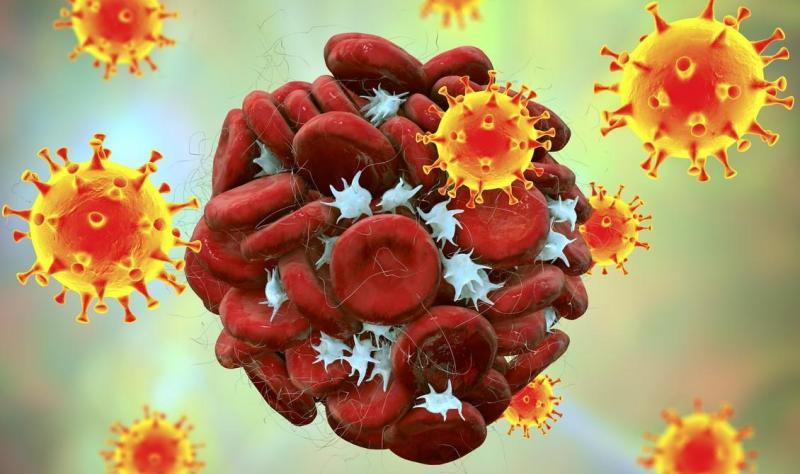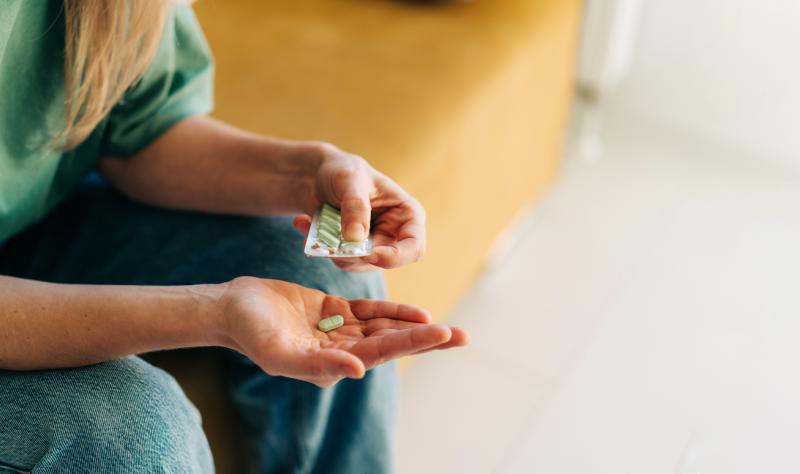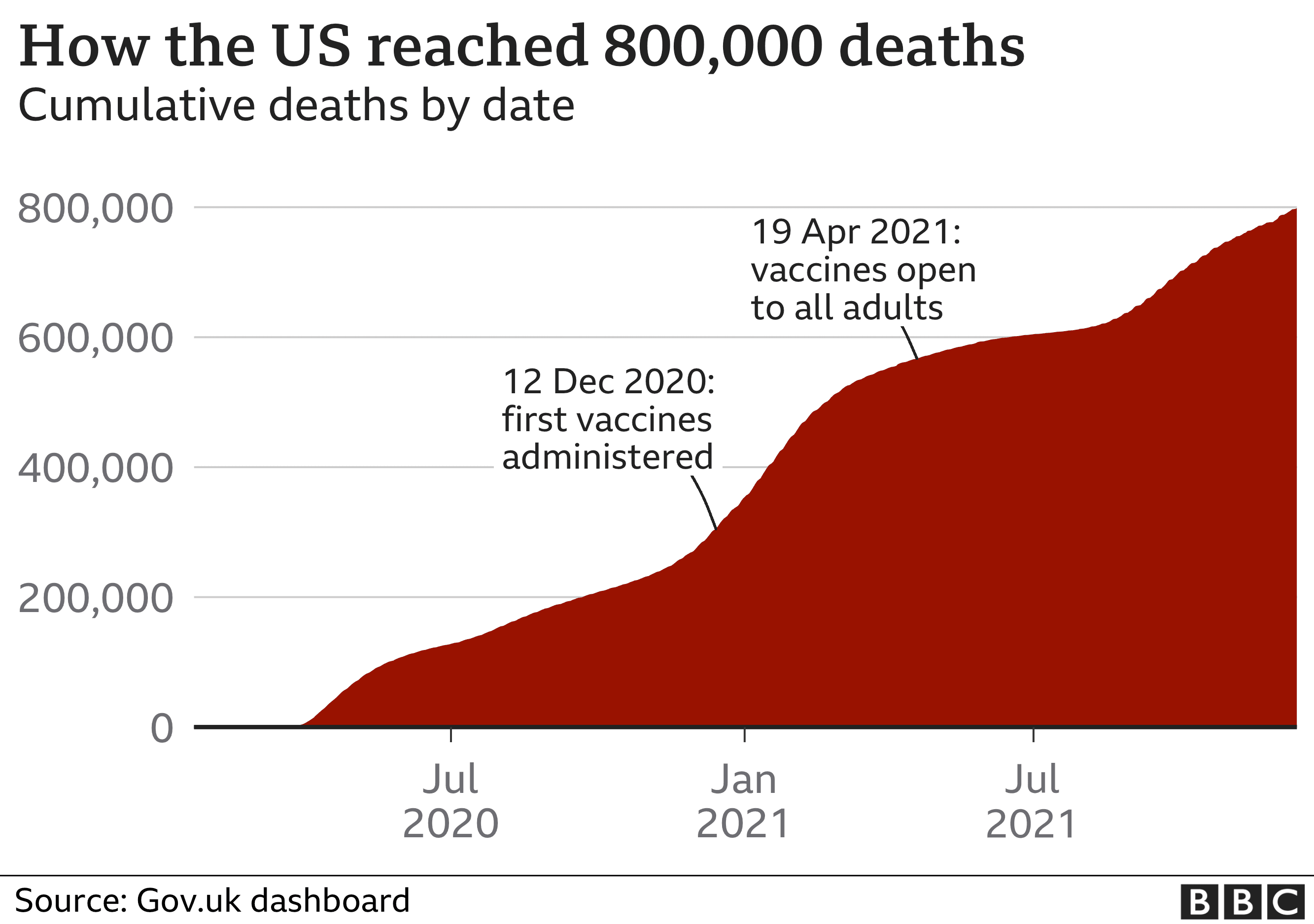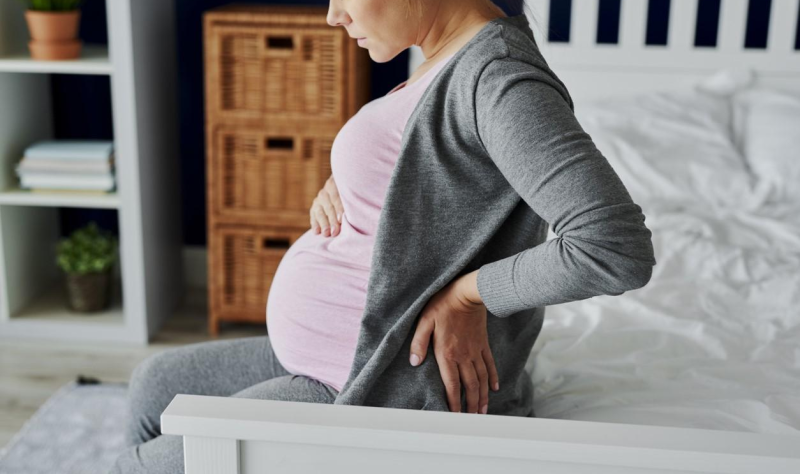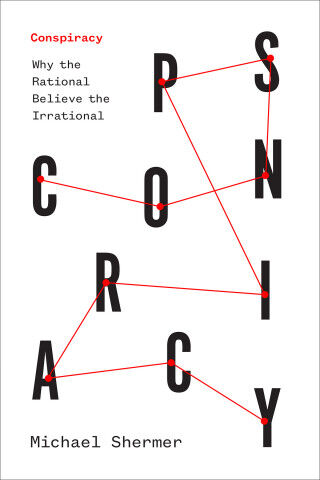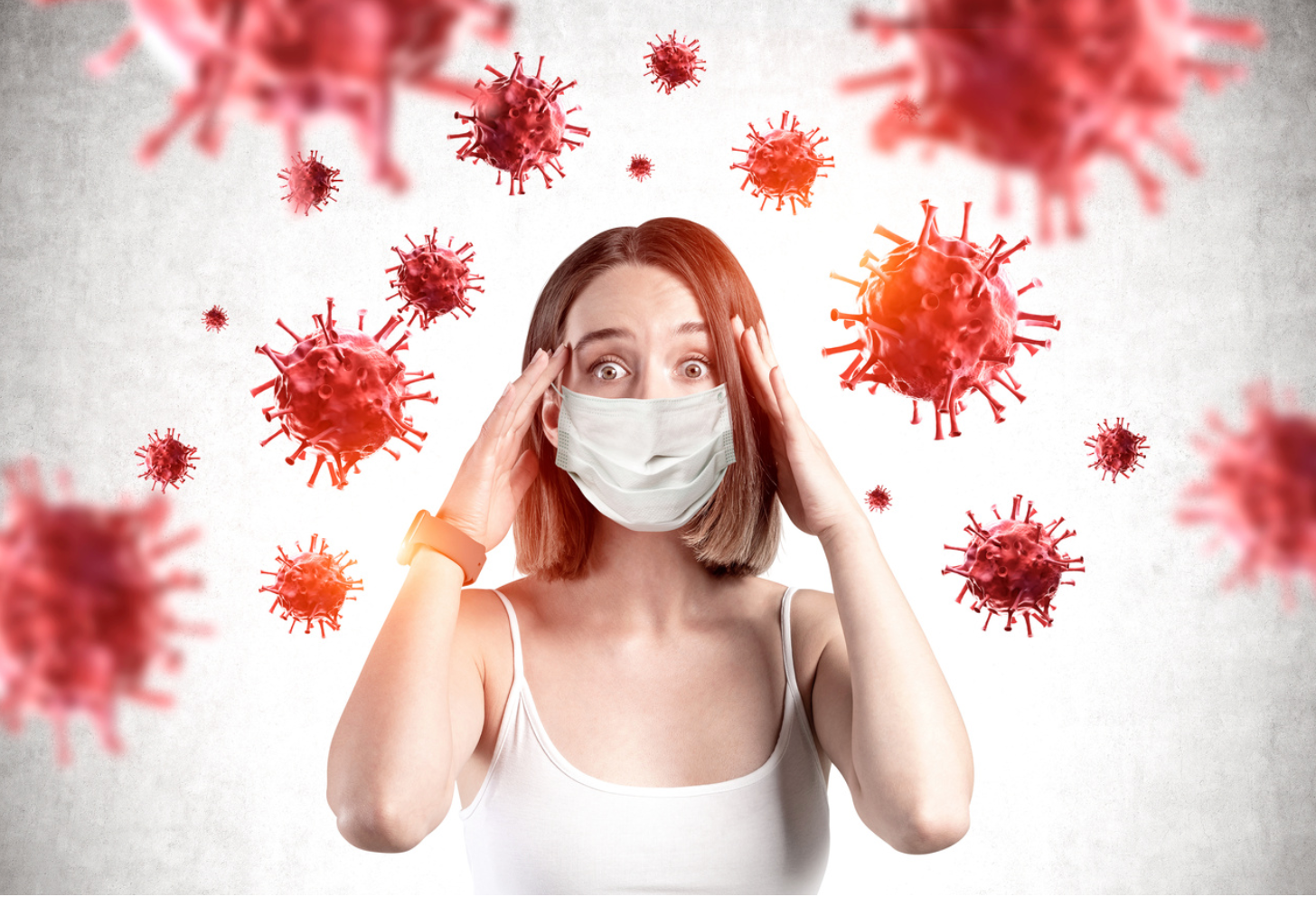COVID in California: CVS and Walgreens say updated COVID boosters are available


White House seeks more than $9 billion in COVID funding
President Biden is asking Congress for $7.1 billion to procure additional COVID-19 vaccines and for replenishing personal protective equipment in the Strategic National Stockpile, among other measures. The White House is also seeking $2 billion to continue testing programs, including an initiative to distribute free at-home tests that ended on Friday as the government says it is running short on funds, the Associated Press reports. White House officials say they have some tests left in the stockpile, but not enough to provide free tests if cases sharply increase. Congress also has not moved forward on Biden’s $22.5 billion request earlier this year for the COVID-19 response. And funding is drying up for many of the community groups that received millions of federal tax dollars to encourage vaccinations. White House press secretary Karine Jean-Pierre said the White House has repeatedly warned that there would be trade-offs if that money wasn’t approved, and “that is precisely what happened.” The lack of free testing kits, for example, “leaves our domestic testing capacity diminished for a potential fall surge,” she said. Friday’s request was part of an ask for $47 billion in emergency dollars that would go toward the war in Ukraine, the response to the COVID-19 pandemic, the ongoing monkeypox outbreak, and help for recent natural disasters.
Cases of ‘unknown’ pneumonia reported in South America
Health officials in Argentina are investigating an unexplained pneumonia outbreak due to an “unknown source,” according to a statement issued by the Pan American Health Organization, a regional branch of the World Health Organization. The incident sounds eerily similar to early reports of the coronavirus-related illnesses reported in Wuhan, China at the start of the COVID-19 pandemic. The global health agency said it received notification of a cluster of six bilateral pneumonia cases — involving both lungs — at a private clinic in the city of San Miguel de Tucumán on Aug. 3. Two of the patients died, three remain hospitalized and one is isolating at home in stable condition. On Thursday, the Ministry of Public Health of Tucuman reported three additional patients and one more death. Symptoms of respiratory illness include fever, myalgia, abdominal pain, and dyspnea. Peter Hotez, a dean at Baylor College of Medicine and nationally-recognized pandemic expert, shared several scientific research papers on Twitter and said, “certainly coronaviruses are found in bats in the region.” He also conjectured it could possibly be hantavirus pulmonary syndrome, although testing at a local lab ruled that and COVID-19 out.
Bay Area COVID cases fall by 56% in one month
The seven-day average for new coronavirus infections in the Bay Area reached 17 daily cases per 100,000 residents on Friday, down from 39 per 100,000 a month ago, according to state data analyzed by The Chronicle. California’s seven-day average fell to 19 daily cases per 100,000 residents, compared to 45 in the same period. The statewide coronavirus test positive rate also dipped to 8.7%, the lowest it has been since mid-June. There were 3,004 individuals hospitalized with the virus in California as of Thursday, compared to 4,654 on Aug. 1. Among those, 537 patients were in the Bay Area, compared to 911 last month. In that time, confirmed COVID-19 deaths across the state have declined, averaging 35 per day compared to 43 per day a month ago. But they have doubled in the Bay Area, increasing to 8 per day from 4 per day over the same period.
Bay Area counties split between “medium” and “low” COVID levels
Five out of nine Bay Area counties — San Francisco, Contra Costa, Alameda, Santa Clara, and San Mateo — are in the “low” COVID-19 community level tier based on hospitalization rates, according to U.S. Centers for Disease Control and Prevention data published Friday. The other four — Marin, Napa, Sonoma, and Solano — remain in “medium,” determined by the rate of new COVID-19 hospital admissions and inpatient beds used by those patients, based on the current level of new cases. For the first time since May, the proportion of Americans living in counties at “high” COVID-19 Community Levels fell below 20%. But all the Bay Area counties remain in the “high” virus transmission category, based on the rates of new cases and positive tests — along with nearly 90% of the rest of the U.S. population.
BA.4.6 crowding out BA.5 in some regions
The omicron BA.4.6 subvariant is beginning to crowd out BA.5 in some regions of the U.S., according to data published Friday by the Centers for Disease Control and Prevention. BA.5 still accounts for about 89% of the sequenced coronavirus cases nationwide while BA.4.6’s proportion increased from 7.5% to 8.5%. BA.4.6 is an offshoot of BA.4 that the CDC started tracking because it has a growth advantage and an additional spike substitution which may inhibit the effectiveness of some monoclonal antibodies. The newer subvariant makes up more than 10% of sequenced cases in Department of Health & Human Services Regions 2, 3, 4, and 7, which are all located in the south, while accounting for just 3.1% of cases in Northern California. The U.S. is averaging about 85,760 new confirmed COVID-19 cases per day.
Walgreens offers appointments for new COVID boosters
Walgreens stores have opened appointments for the updated bivalent COVID-19 Pfizer and Moderna boosters to eligible individuals aged 12 years and older following authorization from the Food and Drug Administration and the endorsement of the Centers for Disease Control and Prevention. Patients can schedule appointments for the shots on the Walgreens app, by calling 1-800-WALGREENS, or online at Walgreens.com/ScheduleVaccine starting Friday. Additional appointments will be added daily as select Walgreens stores begin to receive the updated COVID-19 boosters, the company said in a statement.
CVS pharmacies start offering updated booster shots
A day after the U.S. Centers for Disease Control and Prevention endorsed the new COVID-19 boosters that target the most common omicron strains, CVS said pharmacy locations nationwide are offering both the Pfizer-BioNTech and Moderna bivalent shots. “The government’s distribution of the updated boosters is underway and individual CVS Pharmacy locations are receiving the bivalent COVID-19 boosters on a rolling basis over the next few days and weeks,” the company said in a statement.
Individuals can make appointments for the updated vaccines at CVS.com or by using the CVS Pharmacy app. The company said the “initial supply is limited,” but more slots will open up as more doses arrive. Patients can also schedule a bivalent COVID-19 booster and flu vaccination during the same visit.
Funds for free COVID vaccines will run out in early 2023, White House says
The White House confirmed that funds for free COVID vaccinations and treatments would run dry by the end of the year. “As early as January 2023, the Administration anticipates no longer having federal funds to purchase or distribute vaccines and will need to transition these activities to the commercial market, similar to seasonal flu or other commercially available vaccines,” Dawn O’Connell, the administration’s assistant secretary for preparedness and response said in a post this week.
President Biden and federal health officials said Republican lawmakers blocked the necessary funding after months of negotiations, leaving many vulnerable Americans at risk. “We have always intended to transition this work to the commercial market and have been planning for that transition for some time now. Unfortunately, the timeline to make the transition has accelerated over the past six months without additional funds from Congress,” O’Connell said.
This Bay Area city saw the biggest pandemic rent declines in the U.S.
In all but three of the country’s 50 biggest cities, the price of a one-bedroom rental in August 2022 exceeded the price in March 2020, according to data from real estate listings site Apartment List.
Two of those three are in the Bay Area: Oakland’s median one-bedroom rent in August was 9.5% below March 2020 — the lowest growth rate of the 50 cities included in the data. San Francisco followed with an 8.5% drop over the same time period.
White House starts distributing updated COVID-19 booster doses
The Biden administration has started distributing 20 million of doses of updated bivalent COVID-19 vaccines, which were fully authorized Thursday afternoon by the U.S. Centers for Disease Control and Prevention following FDA approval earlier in the week. “People will soon be able to receive — at no charge — their updated COVID-19 booster shot containing an omicron component,” the Department of Health and Human Services said in a blog post. The U.S. government has purchased 170 million doses and is emphasizing that everyone will have free access to the booster. White House COVID-19 coordinator Dr. Ashish Jha said this latest round of shots will offer protection during the busy cold and flu season, with the hope of transitioning people to get the vaccine yearly. Typically, at least half of U.S. adults get a flu shot. “We expect them to provide more durable protection over time,” Jha said in an interview with The Associated Press. “The goal very much is to get to a point where people get their COVID shot on a regular basis, the way they do their flu shot.”
CDC authorizes updated omicron-specific booster shots against COVID
Two redesigned COVID vaccines meant to improve protection against the currently circulating omicron viruses won approval from the U.S. Centers for Disease Control and Prevention Thursday after a federal advisory panel voted to recommend updated boosters for Americans ages 12 and older who have finished their first round of shots. The panel’s recommendation was quickly confirmed by CDC director Rochelle Walensky. Read more about the approval, which came even as several members of the CDC’s Advisory Committee on Immunization Practices raised questions about the lack of data on the reformulated shots and how well they work in humans.
FDA move means some people must now wait for boosters
Many people who were scheduled to get a booster shot between Thursday and next week will now have to wait until the upcoming bivalent vaccine is available. This is because when the U.S. Food and Drug Administration on Wednesday authorized the new bivalent vaccine, which targets both the original strain and the BA.4/5 omicron subvariant, the agency also changed its authorization of the original vaccine such that it can no longer be used as a booster for people 12 and older. Children 5 to 11 years old can still continue to get the original vaccine as a booster. It’s not clear how many people now have to reschedule or delay their booster as a result. But at Santa Clara County-operated vaccination sites, it’s less than 50 people a day, said Dr. Jennifer Tong, associate chief medical officer of Santa Clara Valley Medical Center. “We had a surprising number of people on our schedule today for the booster shot,” Tong said. “We’re in the process of rescheduling patients, and informing those who arrive for booster appointments, to mid- to- late next week when we anticipate CDC approval.”
Those recently infected with COVID-19 should delay booster doses, study suggests
People who were recently infected with the coronavirus should wait about four to six months before getting a booster shot, according to a study published Wednesday by the National Institutes of Health. In an evaluation of antibody and B-cell responses to a third mRNA vaccine dose in 66 individuals with different infection histories, the researchers found that people with no history of infection benefited most from receiving a booster two months after their previous vaccine dose — the period recommended by the Food and Drug Administration.
On the other hand, individuals who were recently infected with COVID had a better outcome from the booster after a longer interval. Why? “The response induced by the recent infection appears to prevent B cells from responding” as well to the subsequent shot, the study says. “In other words,” said Jake Scott, an infectious disease expert at Stanford, in a Twitter thread, “the immune system needs time after infection to generate & educate optimized antibody responses. A booster given too soon after infection can interfere with — and attenuate — that process.”
San Mateo County closes community vaccine clinics
The San Mateo County health department has temporarily closed its community COVID-19 vaccine clinics and expects to reopen them after Sept. 12 when the updated bivalent vaccine booster shots become available. County officials said the current monovalent vaccines are no longer authorized to be used as boosters, prompting the closure. The community vaccination clinics will offer the new shots and primary vaccination series when they reopen, they said. “We are working to make sure residents have access to the new booster shots when they become available and to reopen clinics as soon as possible,” said Lizelle Lirio de Luna, the county’s director of Family Health Services.
Small incentives did not drive vaccine uptake in California, study finds
Small financial incentives to get the COVID-19 vaccine, ranging from $10 to $50, did not substantially increase uptake among holdouts in California, according to a study published in Vaccine. The researchers surveyed a random group of about 2,700 unvaccinated Contra Costa Health Plan members aged 18 and over to assess if incentives such as video messages and financial rewards had a meaningful impact on prompting them to get the life-saving shots. “While messages increased vaccination intentions, none of the interventions increased vaccination rates,” the authors write. “Estimates for financial incentives rule out even relatively small increases in vaccination rates. Small financial incentives and other behavioral nudges do not meaningfully increase COVID-19 vaccination rates amongst the vaccine-hesitant.” The researchers suggest that public health officials consider devising a new response for future pandemics and routine vaccinations.
Students had historically bad test scores during the pandemic
Elementary student test results in reading and math plummeted during the COVID-19 pandemic, according to a sweeping new report from the National Center for Educational Statistics. The average test scores for 9-year-old students this year declined 5 points in reading and 7 points in math, compared to students of the same age in 2020, the report said. The drop represented the largest average decline in scores in reading since 1990 and the first-ever drop in math scores.


